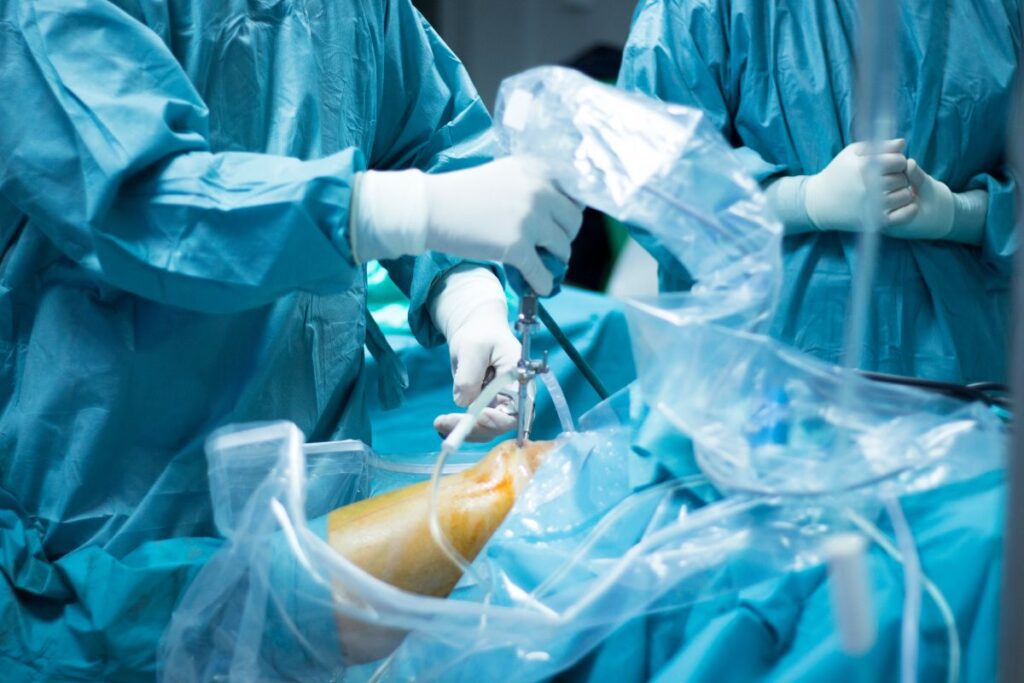In 1998, criteria for determining which patients were good or bad candidates for partial joint replacement. The ideal patient is:
- Older than 60 years old
- Less than 180 pounds
- Less active
- Has a good range of motion before surgery
- Has minimal deformity
A study published in Arthritis & Rheumatism in 2013 determined which patients benefit the most from a total joint replacement surgery. The ideal total joint replacement candidate has:
- High level of presurgical pain
- Only one “troublesome” hip or knee
- Better overall health (no other health conditions)
- Joint damage caused by OA as opposed to inflammatory types of arthritis
On the other hand, doctors have also determined who is not a good candidate for knee replacement. To that end, you may not be a good candidate if:
- Symptoms are not related to joint disease
- Your weight is too much for the artificial joint to support
- You have fragile skin over your knee
- You have a severe illness, infection or terminal disease




